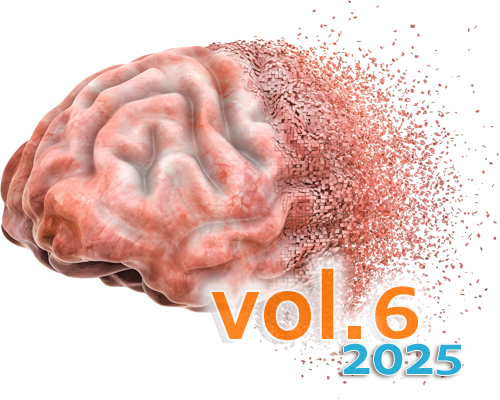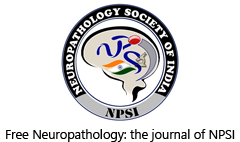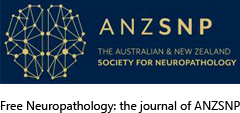Selective cellular and regional vulnerability in frontotemporal lobar degeneration: a scoping review
DOI:
https://doi.org/10.17879/freeneuropathology-2025-5812Keywords:
FTLD, Selective vulnerability, Human post-mortem, Histology, Tau, TDP-43, FUSAbstract
The three main types of frontotemporal lobar degeneration (FTLD) are characterized by the accumulation of abnormal proteins, namely tau, TDP-43 and FUS. The distribution of these proteins within different human brain regions is well known, as is the range of morphological variability of the cellular inclusions they form. Compared to the extensive knowledge that exists about distinct protein aggregates in FTLD, surprisingly little is known about the specific cell (sub)types that these inclusions affect. Even less is known about disease-specific abnormalities other than protein inclusions in affected and unaffected areas. These are non-trivial knowledge gaps. First, knowing which cell subtypes are vulnerable or resilient to the development of pathological protein inclusions is crucial to understand the cellular disease mechanisms. Second, mounting evidence suggests that non-cell autonomous mechanisms may play important roles in neurodegenerative conditions. For example, astrocytic tau pathology is associated with synaptic loss in corticobasal degeneration but not in progressive supranuclear palsy. Furthermore, changes that are more difficult and time-consuming to quantify, for example loss of a specific neuronal subtype that does not develop pathological inclusions, remain virtually unexplored and their relevance for disease progression are unknown. This scoping review is an attempt to collate all histological evidence from human studies that address the question of cell-specific vulnerability in the most common FTLD subtypes. By taking a systematic approach including various brain cell types such as neurons and their subtypes as well as astrocytes, microglia and oligodendrocytes and the entire central nervous system with its affected and unaffected regions, this review summarizes the current status in the field and highlights important knowledge gaps.
Metrics
Published
How to Cite
Issue
Section
License
Copyright (c) 2025 Kashif Ravasia, Veronica Hirsch-Reinshagen

This work is licensed under a Creative Commons Attribution 4.0 International License.
Papers are published open access under the Creative Commons BY 4.0 license. This license lets others distribute, remix, adapt, and build upon your work, even commercially, as long as they credit you for the original creation. Data included in the article are made available under the CC0 1.0 Public Domain Dedication waiver, unless otherwise stated, meaning that all copyrights are waived.



















